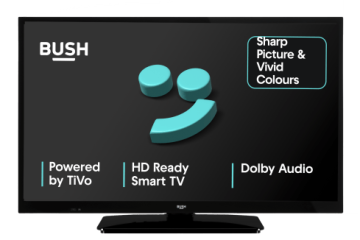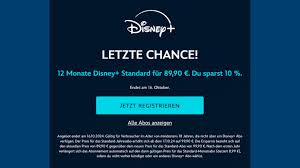Sky vs Lynx: A Streaming Service Face-Off

Introduction
As the demand for streaming services continues to rise across the globe, the competition between providers becomes increasingly fierce. Two notable players in this sector are Sky, a leading player in the UK and Europe, and Lynx, a newcomer aiming to make its mark. Understanding the differences in their offerings can help consumers choose the service that best suits their viewing preferences. This analysis of Sky vs Lynx delves into their features, pricing, and overall market impact.
A Brief Overview of Sky
Sky has long been regarded as a giant in the broadcasting industry, thanks to its extensive range of content including live sports, films, and exclusive series. The Sky Q platform allows users to access their TV and streaming services seamlessly, offering high-quality content alongside live channels. In the first quarter of 2023, Sky reported over 24 million subscribers worldwide, a testament to its robust presence in the market. Additionally, its recent foray into streaming via Sky Glass enables customers to stream content directly from the internet without the need for a satellite dish, appealing to a broader audience.
Introducing Lynx
Lynx, though relatively new, has quickly gained attention for its innovative approach to streaming. Launched in late 2022, Lynx aims to cater primarily to younger audiences with a focus on user-generated content and interactive features. As of October 2023, Lynx has amassed around 2 million subscribers, driven by its unique offerings, which include gamified viewing experiences and an emphasis on community engagement through social features. The platform’s pricing model is also appealing, with a lower subscription fee compared to Sky, making it an attractive option for budget-conscious viewers.
Comparative Analysis
When comparing Sky and Lynx, several key differences emerge. Sky provides a broader library of traditional content, including premium sports and extensive on-demand films, which Lynx currently lacks. However, Lynx excels in tailoring experiences for social interaction, particularly appealing to Generation Z and millennials. This divergence in target audiences indicates that each service has carved out a distinct niche. Furthermore, the pricing strategies set them apart; while Sky has various tiered packages that can accumulate quickly, Lynx’s straightforward and cheaper subscription model may attract those looking for more flexible options.
Conclusion
The developments in the streaming market between Sky and Lynx highlight how rapidly technology and viewer preferences are changing. As these two services evolve, it will be interesting to observe how they adapt to consumer feedback and emerging trends. For viewers, the choice between Sky and Lynx ultimately depends on their content preferences and desired viewing experience. Each service brings unique advantages to the table, creating a dynamic and competitive streaming landscape in which consumers benefit from increased options and innovation.









